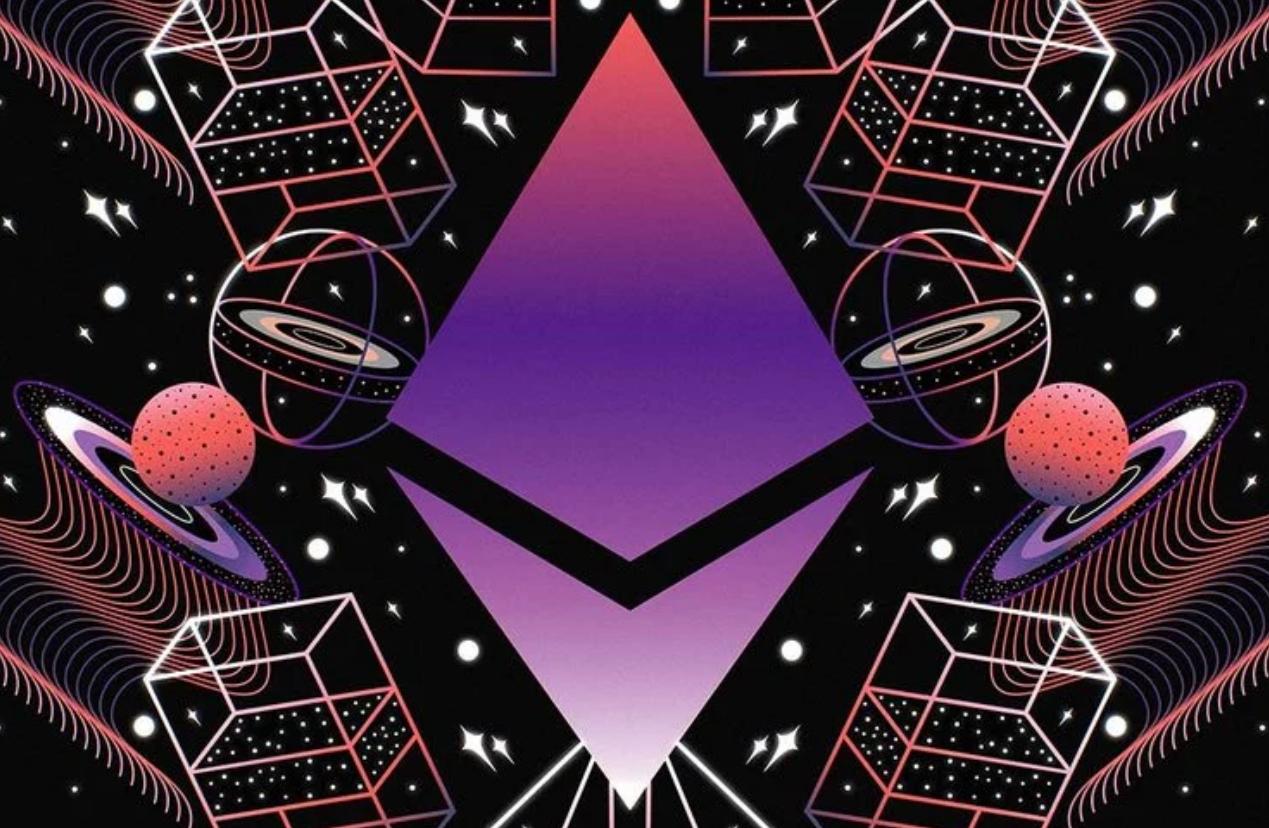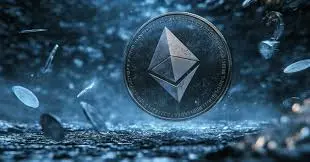Ethereum Roadmap: After the Merge, Rollup + Sharding is the Key to Scalability
Author: Fenbushi Capital
Ethereum has finally completed the consensus iteration from POW to POS. The Merge is just one part of Ethereum's roadmap. So, what does the Ethereum roadmap look like after this? First, the Ethereum roadmap is divided into three phases: Beacon Chain, Merge, and Sharding.
Their timelines are as follows:
Beacon Chain: December 1, 2020
(Rollup: Arbitrum launched in September 2021, and the upgraded version Nova was recently launched. Optimistic launched in March 2022. ZK-rollup is still in the development stage.)
Merge: September 15, 2022
Sharding: 2023, with the sharding scheme called Danksharding, and the initial stage being Proto-Danksharding.
Regarding Consensus, Execution, and Data Availability When we review the operational mechanism of Ethereum as a world computer, we need to understand three terms: Consensus, Execution, and Data Availability.
- Consensus: Consensus confirms the authenticity of authoritative data stored on the blockchain. Whether it is POS or POW, participants reach a consensus on the authenticity of the blocks.
- Execution: Execution involves miners (validators) obtaining the state of N and fetching transactions from the memory pool to change this state. This step involves computation.
- Data Availability: Refers to the data hosted on blockchain nodes, which requires considerable block space for data that needs to be permanently retained on-chain. This makes block space scarce (with a maximum block size of 1.85MB).
In the Ethereum roadmap, the Beacon Chain & Merge made changes in consensus; while Rollup and Sharding focus on reducing costs and increasing efficiency in execution and data availability.
Beacon Chain & Merge
The Beacon Chain exists as a consensus layer (distinguished from the execution layer of the mainnet), and its role is to coordinate and manage the staker network. The Ethereum Merge is more like the process of connecting the Ethereum mainnet to the new engine of the Beacon Chain. The transition from POW to POS at the consensus level makes the entire system more energy-efficient and tightens the control of the entire Ethereum network over validating nodes (due to the existence of a penalty mechanism). In the future, POW miners will be divided into two roles: Builder and Proposer (this division is also known as PBS).
Builders are responsible for packaging blocks, while Proposers are responsible for block bidding (without knowing the content of the blocks). In the future, this new division of labor in PBS will have a significant impact on the entire POS economy and MEV; for specific impacts, please refer to this article.
“Detailed Explanation of the New MEV Issues After the Ethereum Merge”
After the Merge on September 15, the most noteworthy recent development is the Shanghai Upgrade. Among the features that Ethereum core developers need to develop, one is to help stakers withdraw Ethereum stored on the Beacon Chain (this amount is valued at $21 billion). Second, upgrading the EVM. Over the past two years, the EVM has not undergone any upgrades, partly because incorporating this upgrade into the Merge would increase development difficulty. Third, the development of Proto-Danksharding, which is the initial version of Danksharding.
The date for the Shanghai Upgrade is still undetermined, and there are also differences within Ethereum regarding the features to be developed for this upgrade. The more complex the feature set included in Shanghai, the more complicated the upgrade becomes, and the greater the likelihood of delays.
Rollup + Sharding
Due to data availability, the Merge will not bring any changes. That is, Ethereum will not scale, and the Layer 1 user experience remains the same. At this point, Rollup + Sharding has made changes in execution and data availability, enabling Ethereum to scale. In terms of execution, Rollup computations are processed and executed off-chain, while transaction data remains on the main chain.
However, Rollup does not improve data availability, meaning that Gas fees on Rollup remain high due to congestion on the mainnet. Therefore, the improvement in data availability from Sharding mainly comes from the fine classification of data. The new sharding model, Danksharding, sets the tone primarily for Rollup services, initiating a rollup-centric approach.
Danksharding is an updated Ethereum sharding proposal after 2020, eliminating previous scaling solutions such as state channels and Plasma. Proto-Danksharding (the initial stage of Danksharding) provides a new data type from Layer 1 to Layer 2, introducing what is known as Blob data. Blob data can be understood as non-sensitive, large amounts of trivial data, which is distinctly different from Calldata, a type of callable transaction data. Blob data is separated from Calldata, and the execution of EVM does not need to access Blob; EVM only needs to check the commitment to the Blob.
Since the compressed file packages on Rollup can sometimes be directly decompressed into a readable format or downloaded off-chain without EVM access, the cost of processing Blob data is cheaper than that of callable transaction data (Calldata). Additionally, Blob data stored in the consensus layer will be deleted after one month to reduce pressure on block space. Proto-Danksharding refines data types, significantly reducing the system workload.
Proto-Danksharding also brings improvements to the Gas fee economic model (referred to as EIP4484); that is, different charging models are used for processing blob data and calldata. For example, if you are performing certain operations on Layer 2 and happen to catch a hot NFT sale, the Gas fees you need to pay will not be affected by the booming NFT sale.
However, Proto-Danksharding also brings several challenges, namely that the Gas fee calculation model becomes more complex. This means that when Builders (block packagers) seek optimal bidders, they encounter issues, as they cannot identify them at once but need mathematical formulas to calculate the optimal bidder. The reason for this problem is that both Calldata and Blob incur Gas fees, while not exceeding the gas limit specified by EIP1559. This further raises the requirements for Builders, who are already becoming increasingly specialized.

Proto-Danksharding is an important step towards Full Sharding. Once Proto-Danksharding is implemented, the client execution layer, Rollup developers, and users can benefit in the long run; because future Full Sharding will primarily occur at the consensus layer. It can be said that Proto-Danksharding lays the logical foundation for Full Sharding.
From the Ethereum roadmap, several patterns can be observed:
The Beacon Chain + Merge represents adjustments in Ethereum's consensus and execution aspects. These two steps separate the architecture of the Beacon Chain (consensus layer) and the main chain (execution layer), while the work of miners is redistributed through PBS. Block producers tend to be specialized (with strict requirements for machines and bandwidth), while block proposers constrain block producers, achieving a balance.
The Merge is just the prelude to Ethereum's roadmap; Sharding + Rollup is the main chapter for Ethereum to become a world computer. Sharding serves Rollup, and Rollup carries more narratives for Ethereum. In particular, the sharding Danksharding has made adjustments in data availability, involving data sorting and gradient processing of Gas fees.
Like Cosmos and Polkadot, Ethereum has also embarked on a modular approach. The Beacon Chain has become the consensus/faith center (also serving the role of a treasury), while the main chain is similar to a real-time bulletin board (providing real-time updates on Rollup validation and block processing), and Rollup is the continuously operating machine above (carrying all Dapp functionalities).
Regarding the upcoming Shanghai Upgrade, it is an important step connecting the Merge and Sharding. However, regarding which features to develop, the Ethereum core development team has not yet reached a consensus. The date for the Shanghai Upgrade is also still undetermined.
Related References
https://ethereum.org/en/upgrades/sharding/
https://decrypt.co/109766/the-ethereum-merge-is-here-what-next










